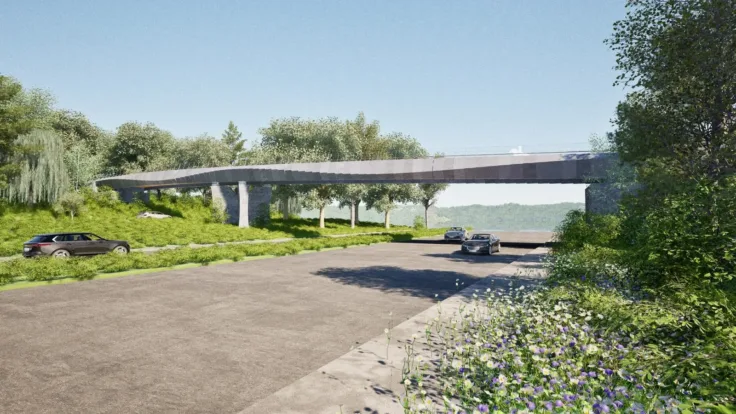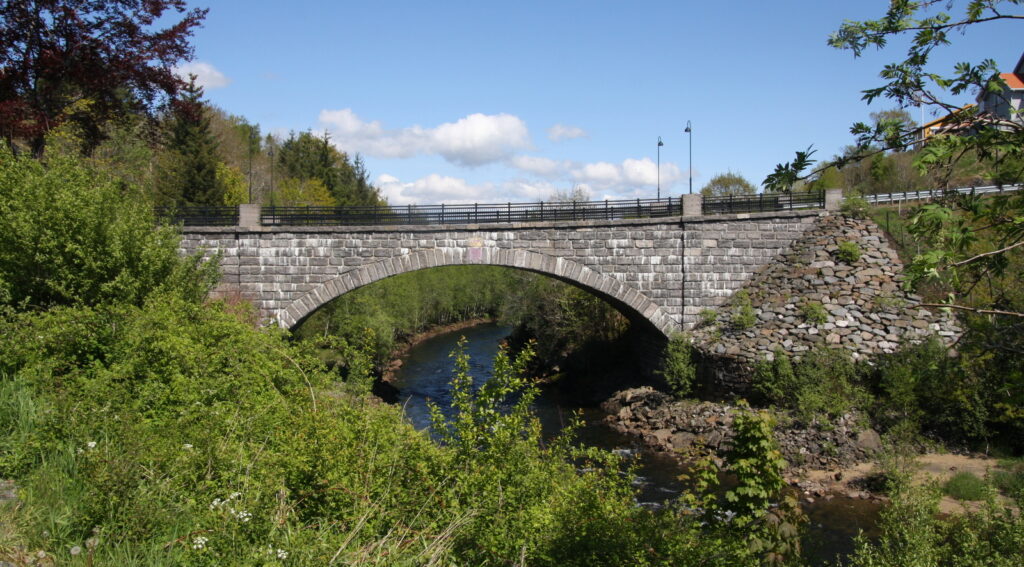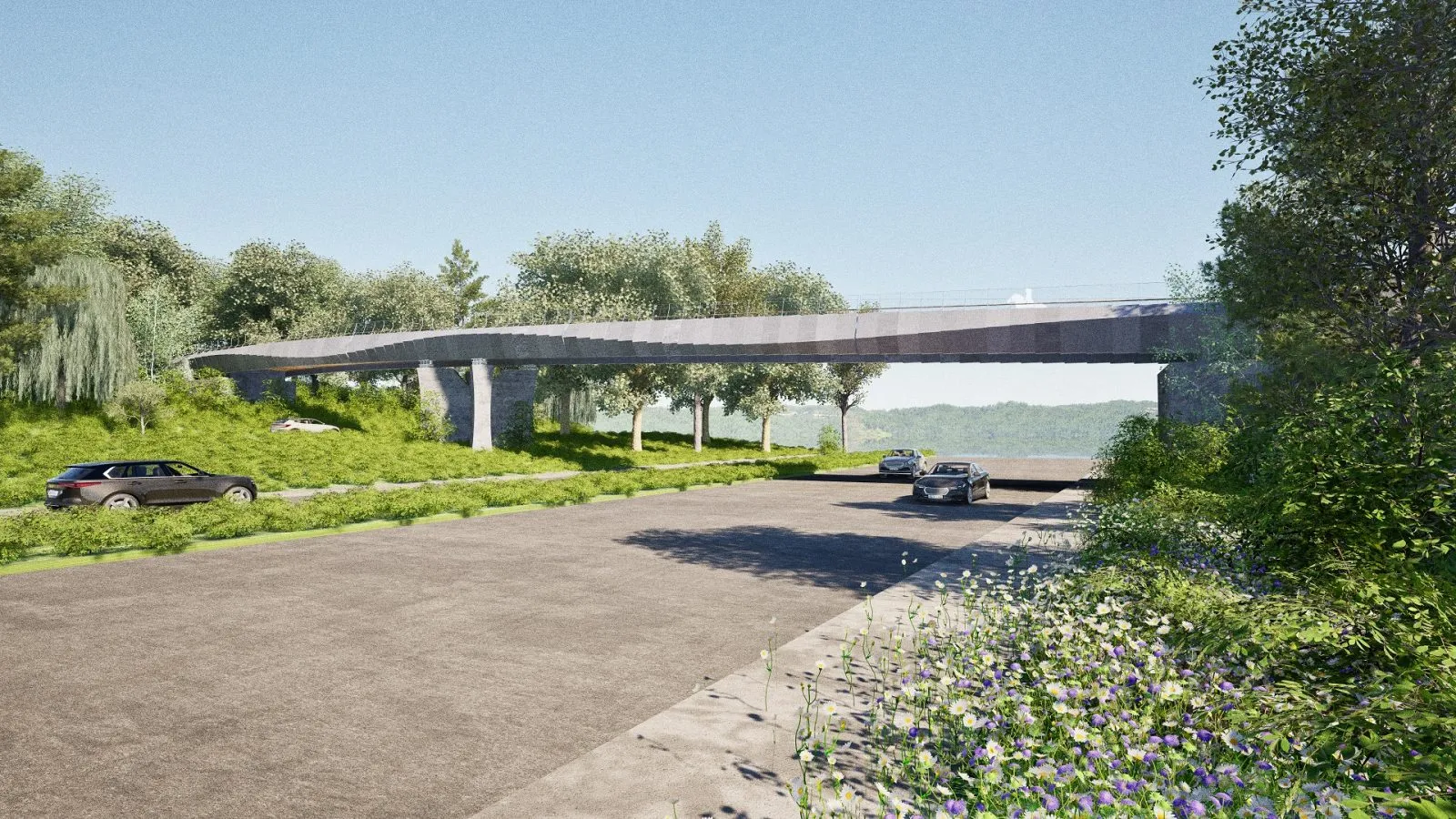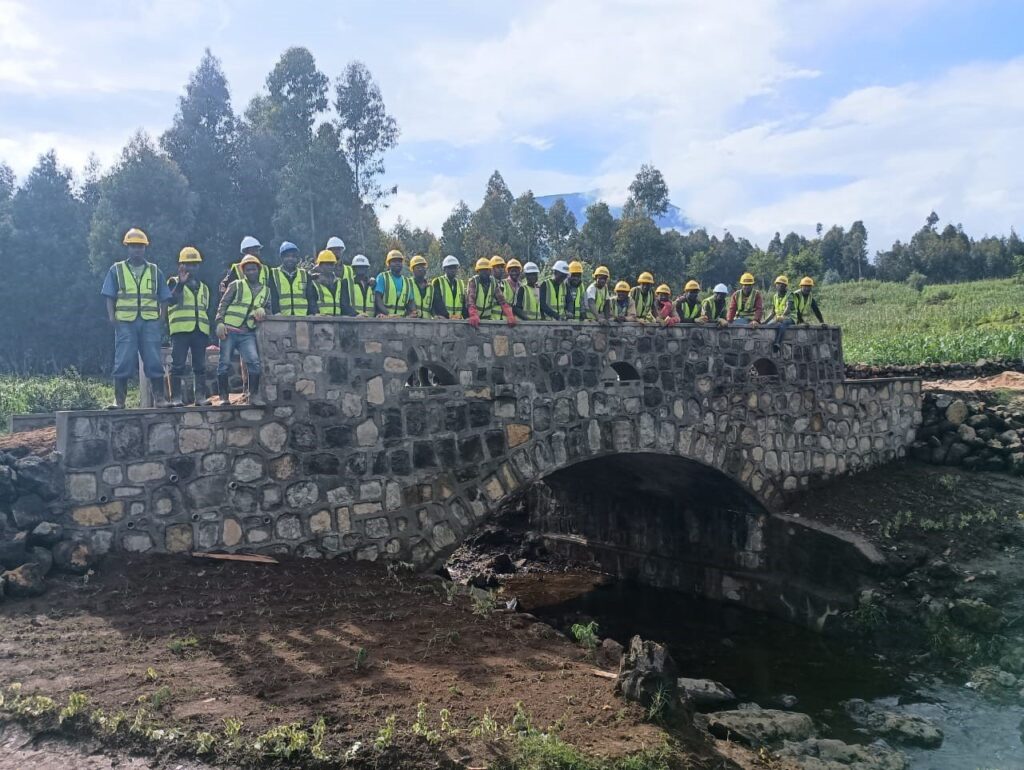
Stone structures are the bedrock of our infrastructure networks. They reliably carry loads significantly greater than those for which they were designed while requiring minimal maintenance, facilitating economic development and prosperity and ensuring intergenerational connectivity. The widely accepted definition of sustainability – “meeting the needs of the present without compromising the ability of future generations to meet their own needs” – is exemplified by these enduring structures with their inherent strength, resilience, durability, and aesthetic value.

It is therefore puzzling that stone construction has been largely abandoned for decades in favour of steel and concrete alternatives. Today, we invest millions in rehabilitating deteriorated concrete and steel structures from the late 20th century, while simultaneously relying on 19th-century stone structures to access them. In our pursuit of novel materials promising comprehensive solutions – with their inherent uncertainties and risks – I feel we may be overlooking this well-understood resource that remains hidden in plain sight.

While heritage considerations legitimately influence the preservation of stone structures, the contemporary case for stone as a construction material must extend beyond historical value and nostalgic sentiment. Stone requires a compelling business rationale to become the preferred structural material in modern construction practice. In his recent master’s thesis, “Stone Arch Bridge – A New Renaissance” [1], Tor Anders Hagstrom of the Norwegian Public Road Administration presents a comprehensive analysis supporting stone’s viability in infrastructure. Hagstrom methodically establishes stone’s credentials through quantitative assessment of its structural integrity, carbon efficiency, and aesthetic qualities. This analysis is substantiated through a comparative carbon and cost evaluation of Norway’s Aros Bridge, constructed in 1999. Hagstrom’s research indicates that this stone structure (0.22 tCO2e/m²) generates approximately one-third the carbon emissions of an equivalent steel bridge (0.65 tCO2e/m²) and one-quarter those of a concrete alternative (0.81 tCO2e/m²). While these calculations are based on a 100-year service life projection, Hagstrom further argues that stone’s comparative advantage increases when accounting for the accelerated deterioration and consequent earlier replacement requirements of steel and concrete structures.
As demonstrated by Hagstrom’s research, stone offers clear environmental advantages over conventional materials. However, the resurgence of stone as a material for infrastructure does generate resistance, primarily centered on cost and expertise. It is crucial for proponents of stone to address these concerns directly to counter the misconceptions hindering its adoption.
Cost Misconceptions
Stone is often perceived as prohibitively expensive, but this assumption is rarely substantiated. Infrastructure projects do not require the highest grade of stone, yet cost estimates frequently use these for cost estimates, leading to excessive and unrealistic project costs. Moreover, when considering whole-life costs, the benefits stone provide are undisputed. Its exceptional durability and minimal maintenance requirements significantly outperform steel and concrete, making it a cost-effective solution over time.

Knowledge and Standards
The belief that modern construction lacks the expertise to work with stone is unfounded. While much of the practical knowledge from historical infrastructure projects has been lost, these structures themselves serve as enduring repositories of this expertise. The absence of an internationally recognized standard for stone use does present challenges for designers, but developing such standards is well within reach. The necessary expertise exists; what is essential is the collective will to act.
Supply Chain and Modern Opportunities
The reduced availability of skilled masons is another challenge, but advancements in technology offer promising solutions. Modern tools and techniques can redefine the role of the stonemason, transforming it into a lucrative and innovative trade for the future. This evolution presents a significant opportunity to revitalize stone construction as both a sustainable practice and a forward-thinking industry.
There are two primary approaches for reintroducing stone into the infrastructure sector. The first is direct substitution, where stone elements are designed to replicate steel and concrete components, enabling seamless interchangeability. Examples include post-tensioned stone beams, stone bricks, or stone retaining walls. Examples from the Stone Masonry Company (beams) and Larvittblokka (retaining walls) show that these solutions already exist. Visionary solutions, such as the post-tensioned stone bridge proposed by Webb Yates Engineers and Groupwork Architects [2] for the National Highways Lower Thames design competition, further illustrate this potential. Encouragingly, these options are starting to feature in feasibility appraisals and design considerations. Since these applications align closely with existing design methodologies, they require minimal adjustments, making them more accessible to designers and asset owners in the short term.
While these direct substitution approaches are practical for immediate implementation and represent an important transitional step, designers will realise the full potential of stone when they utilise it in ways that leverage its inherent properties without relying on additional reinforcement to mimic steel or reinforced concrete. Hybrid applications offer a promising pathway, combining stone with materials like steel, concrete, or timber to optimise its strengths—for instance, using stone in compression elements such as piers and abutments. Stone arches, such as the bridge recently constructed by Bridges to Prosperity in Rwanda, exemplify designs that capitalise on the material’s unique characteristics. To turn these solutions into reality, the industry must address the design and supply chain challenges discussed earlier. However, these obstacles are far from insurmountable with new technologies and this represents an exciting opportunity for advancing stone in infrastructure.
It is remarkable to discuss stone as if it were a novel material, given its extensive presence in existing infrastructure—testament to the decline of an industry that may hold solutions to many of our current challenges. Marcus Vitruvius Pollio’s timeless principle that structures should be utilitas, firmitas, venustas – useful, lasting, and beautiful – resonates strongly today and few materials fulfil these criteria as profoundly as stone. Its resurgence not only honours the past but also positions it as a cornerstone for addressing sustainability and performance in the future of infrastructure, paving the way for a new stone age.
Callum Gillett
Principal Bridge Engineer at Essex Highways
[1] Hagstrom, T (2024), Stone Arch Bridge – A New Renaissance.
[2] National Highways (2024). https://nationalhighways.co.uk/our-roads/lower-thames-crossing/news-and-media/footbridge-of-the-future/. Published 05 December 2024.
[3] Harvey, H (2025). https://www.billharveyassociates.com/bom/162-rubira-bridge . Published 02 March 2025.

